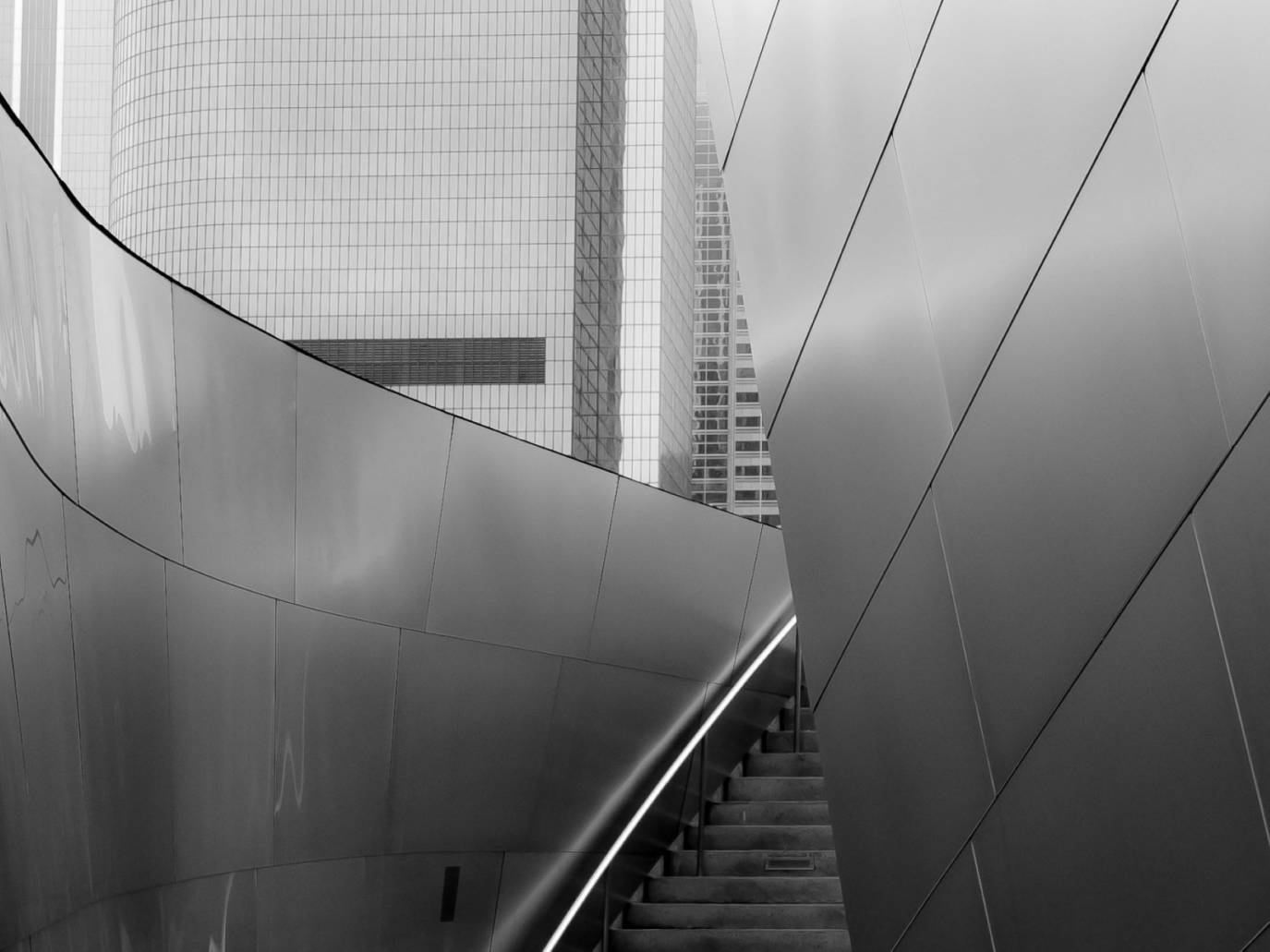Steel is one of the materials with the highest carbon footprint in the world. For every tonne produced, two tonnes ofCO2 are released into the atmosphere. This is a critical climate balance, but one that is set to change, given the great excitement around new decarbonisation technologies. We discussed this with Andrew Purvis, Director of Sustainable Manufacturing at the World Steel Association, when we interviewed him at the Global Energy Transition Congress (GET). Purvis gave us an overview of the trends, challenges and technologies that will revolutionise the way steel is produced.
Director Purvis, how is the decarbonisation process of the steel industry going?
We have a responsibility to reduce emissions and to do so, the decarbonisation process should be based on a three-step approach: we need to make sure that every tonne of steel is produced as efficiently and with as little impact as possible. For example, by adopting operational protocols that allow us to obtain quality raw materials by making the metallurgical process more efficient. This is probably the biggest opportunity in the short term. The second phase addresses the issue of circularity. Since the turn of the millennium, China's production growth has been extraordinary and in the next fifteen years a good part of their steel will reach the end of its life. We expect that there will be a large supply of scrap in China and Europe. Every tonne of recycled steel avoids the emission of two tonnes ofCO2.
But with the demand for steel set to increase, recycling will not be enough. What else is needed?
We need a radical change in the way steel is produced. But let me stress right away that there is no single technology that can do this. There are carbon dioxide capture and storage plants, there is hydrogen from renewable sources and a direct electrification process used to produce aluminium. We are now seeing the first applications of these revolutionary technologies. In Sweden, the H2 Green Steel project will likely bring quality steel to the market in ten years' time. In places like Swedenhydrogen works because there is so much renewable energy available.
What is the most promising decarbonisation technology to date?
It depends on the countries. Several European companies have chosen to focus on hydrogen, although I am not convinced it is the silver bullet. But if we broaden our vision and considerAsia, where 70 per cent of the global steel comes from, I think it will be carbon capture and storage that will play a major role. In any case, the steel industry will need an ecosystem of support, from low-carbon electricity to the storage infrastructure well known to the oil & gas industry, to the governments.
Asia holds the ball. Are the climate targets of Chinese and Indian companies ambitious enough?
I have calculated that 90 per cent of the world's current steel production capacity is in countries with Net Zero targets. Yes, one can argue that India and China's climate neutrality targets are less ambitious than those Europe is trying to meet by 2050. But steel is the world's most traded commodity, so if Chinese manufacturers want to remain competitive on an international level, they will have to offer their customers increasingly sustainable products. And already several Asian companies have announced climate targets similar to those in Europe.
Speaking of competitiveness, what are the impacts of the European Carbon Border Adjustment Mechanism on the global steel market?
There is alot of interest in this regulation from Asian and US producers exporting to Europe. But other countries are also thinking about their own CBAM. In the UK, a regulation slightly different from the European one is being discussed. Australia and the US will adopt even different versions. I think that if we believe in free trade we have to make sure that these systems do not become barriers to trade.
With all these radical changes, especially technological ones, how are you gearing up to train the workers of the future with so-called green skills?
We are working with universities. We created the Steel University, which is our vehicle for communicating job opportunities and our training courses. And we were also part of a European project that mapped all the green skills that young workers would need to work in the increasingly electrified industry.
This article is also available in Italian / Questo articolo è disponibile anche in italiano
Cover image: Karla Villaizan, Unsplash



